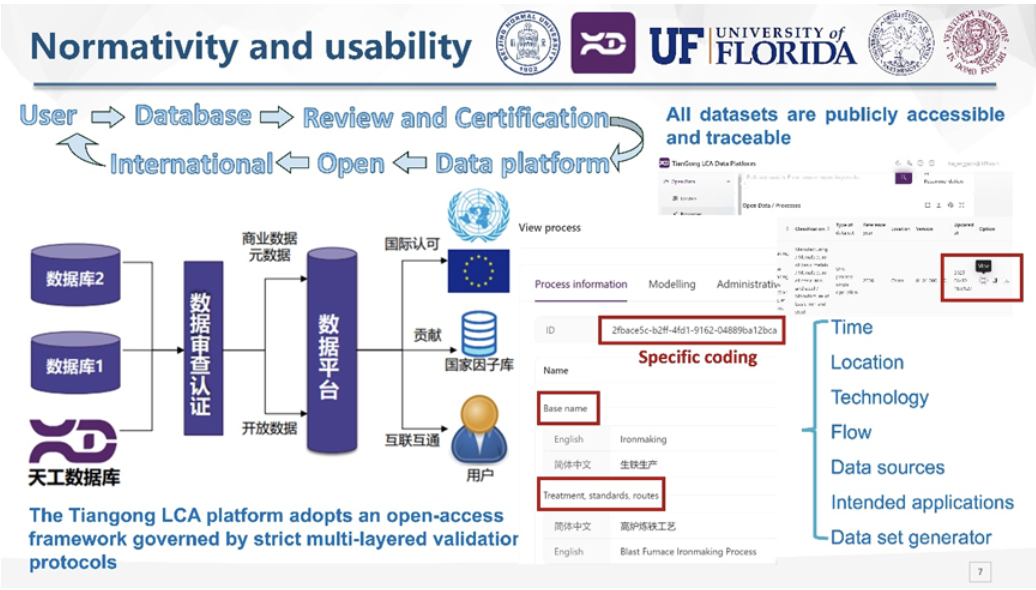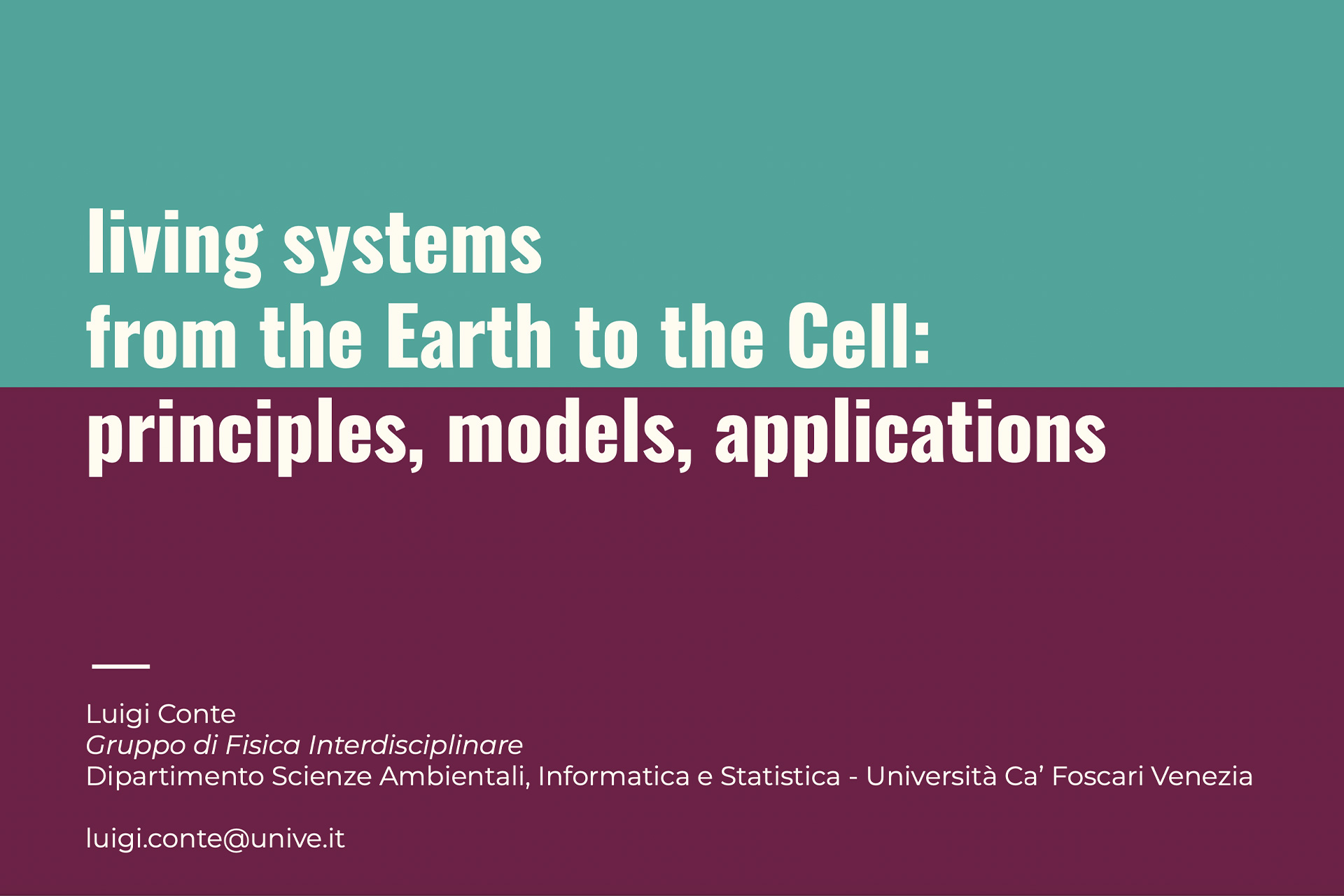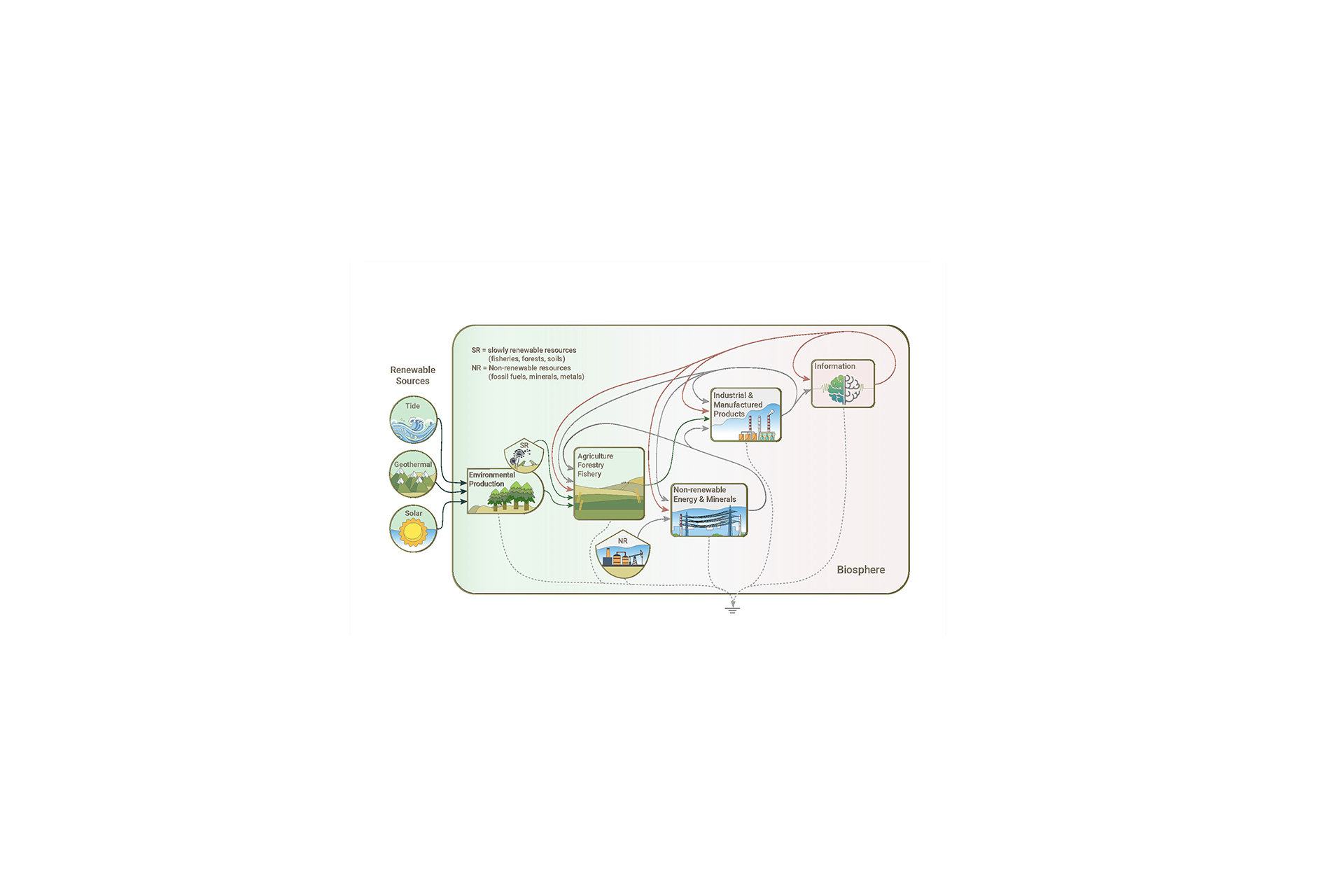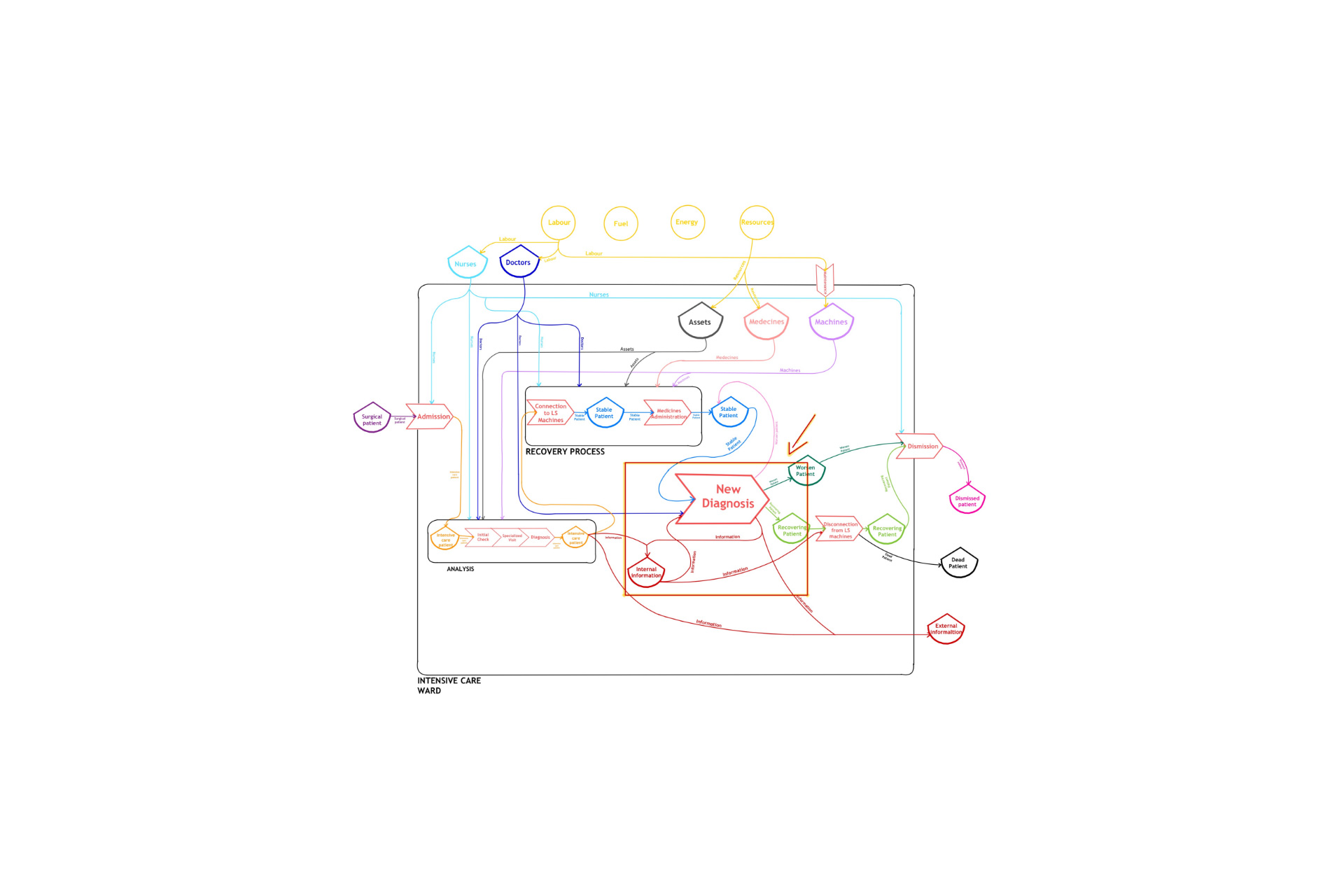On July 17, 2025, the research team led by Prof. Gengyuan Liu from the School of Environment at Beijing Normal University, in collaboration with the Tiangong LCA Data Platform, the International Emergy Society, the University of Florida (USA), the University of Parthenope (Italy), and Ca’ Foscari University of Venice (Italy), officially launched the global Tiangong Unit Emergy Value Database during an online release event.
Key Technical Highlights
1. Standardized and User-Friendly Data Framework
The database consolidates and standardizes scattered unit emergy value (UEV, or transformity) data previously found across academic literature and technical reports. Each entry clearly indicates whether labor and service inputs are included—addressing long-standing ambiguities in conventional emergy accounting. The database offers multi-dimensional annotations, including geographic region, production process or technological pathway, and resource type. By leveraging Tiangong’s scientific numeric coding system, each dataset is assigned a unique, traceable identifier, ensuring consistency and ease of retrieval.
2. Deep Integration with Life Cycle Assessment (LCA) Data
Emergy flow data (in solar emjoules, sej) have been fully embedded within the Tiangong LCA platform. UEV data are developed using a strict life-cycle perspective, providing not only transformities of final products but also detailed metadata—such as data sources, system boundaries, core assumptions, and process pathways. This transparency enables users to trace the emergy calculation logic. UEV entries can be linked directly to upstream processes within LCA models, supporting integrated workflows that bridge traditional LCA with emergy-based sustainability analysis.
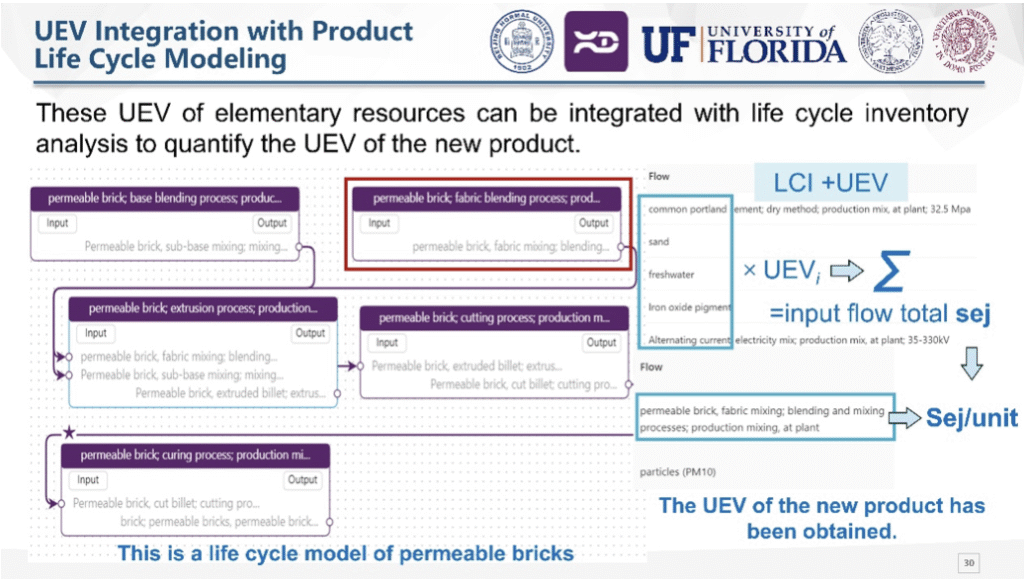

3. Open Collaboration and Co-Construction
Following the open-access ethos of the Tiangong LCA Data Platform, international research teams are encouraged to apply for the creation of their own dedicated emergy datasets or sub-databases. Upon passing peer review and data validation, these datasets can be incorporated into the central database or securely cross-referenced across different datasets. This open framework fosters global cooperation in improving data accuracy, coverage, and methodological alignment—ultimately facilitating the co-development of a robust UEV data ecosystem.
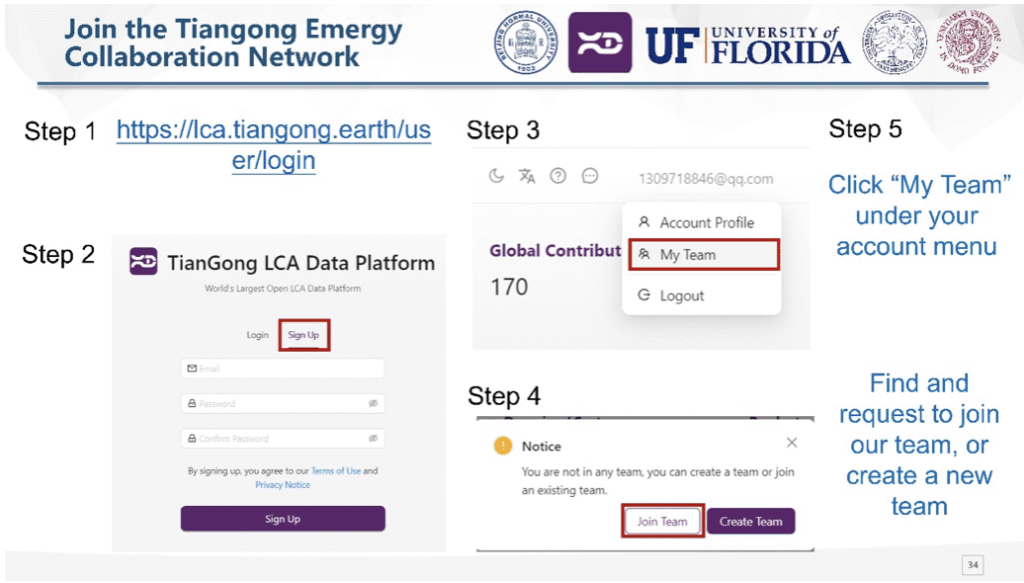
The launch and ongoing development of the Tiangong Unit Emergy Value Database aim to address the fragmentation, obsolescence, and inconsistent referencing of UEV data worldwide. By offering a transparent, standardized, and scientifically rigorous data infrastructure, the platform supports cutting-edge research in environmental accounting and sustainable development. Beijing Normal University, in partnership with the Tiangong Think Tank and international collaborators, will continue to expand and refine this important global resource.
Access the database:



